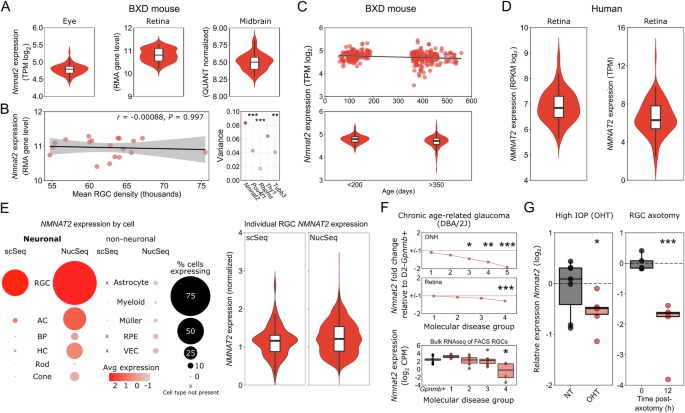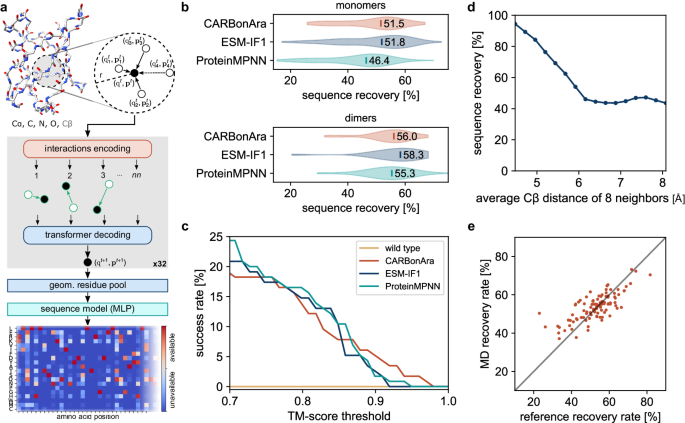2024-08-07 カロリンスカ研究所(KI)
<関連情報>
- https://news.ki.se/the-search-for-an-effective-treatment-for-glaucoma
- https://www.nature.com/articles/s41467-024-50354-5
NMNAT2は、神経細胞のNAD産生を促進するドラッグ・ターゲットである NMNAT2 is a druggable target to drive neuronal NAD production
James R. Tribble,Melissa Jöe,Carmine Varricchio,Amin Otmani,Alessio Canovai,Baninia Habchi,Evangelia Daskalakis,Romanas Chaleckis,Andrea Loreto,Jonathan Gilley,Craig E. Wheelock,Gauti Jóhannesson,Raymond C. B. Wong,Michael P. Coleman,Andrea Brancale & Pete A. Williams
Nature Communications Published:24 July 2024
DOI:https://doi.org/10.1038/s41467-024-50354-5

Abstract
Maintenance of NAD pools is critical for neuronal survival. The capacity to maintain NAD pools declines in neurodegenerative disease. We identify that low NMNAT2, the critical neuronal NAD producing enzyme, drives retinal susceptibility to neurodegenerative insults. As proof of concept, gene therapy over-expressing full length human NMNAT2 is neuroprotective. To pharmacologically target NMNAT2, we identify that epigallocatechin gallate (EGCG) can drive NAD production in neurons through an NMNAT2 and NMN dependent mechanism. We confirm this by pharmacological and genetic inhibition of the NAD-salvage pathway. EGCG is neuroprotective in rodent (mixed sex) and human models of retinal neurodegeneration. As EGCG has poor drug-like qualities, we use it as a tool compound to generate novel small molecules which drive neuronal NAD production and provide neuroprotection. This class of NMNAT2 targeted small molecules could have an important therapeutic impact for neurodegenerative disease following further drug development.


